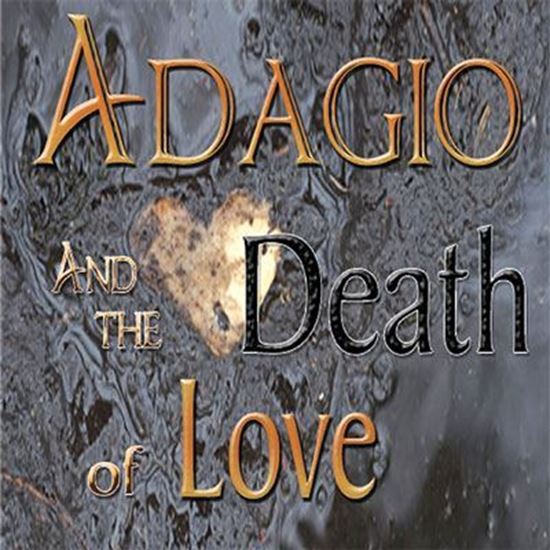
Adagio and the Death of Love
The Imarovas were once the royal family and held sway over the social and political arenas of the country. But a new regime gained power and the Imarova children became captives in their own home. They live under a repressive guard, yet each sibling remembers or knows a different kind of love: romantic love, paid love, love of a child and pet, and most of all, Anabella’s childlike, colorful love of life itself. It is only their family wealth and figurehead status that keep them from joining the work colonies. Today is Anabella’s fourteenth birthday and as the youngest, she will discover this most important day will bring a change for all of her family.
Also see the full-length version of the show #8557 Adagio and the Death of Love.
Productions
Behind The Scenes
PLAYWRIGHT REID CONRAD TALKS ABOUT
“ADAGIO AND THE DEATH OF LOVE”
Q: WHAT INSPIRED YOU TO WRITE THIS PLAY?
The inspiration for Adagio is historical. There is something at once romantic and melancholy about our history’s royal families, whether they be the Romanovs of Russia, the kingdoms of Bavaria, Prussia or Wittenburg, or the many other European monarchies that were forcibly dissolved at the end of World War I. Except for a dozen reigning royal families in the western world, that part of our history is over.
Q: WHAT IS YOUR FAVORITE PART OR LINE IN THE PLAY?
For me it would have to be the ending. Anabella finds a love of her own and Asmo finds redemption in his father’s eyes.
Q: WHERE DO THE CHARACTERS COME FROM?
The characters are somewhat historically based, with liberties taken of course. The children come from the abovementioned royal families and the adults from legendary evils – Madame Bathory and the Seven Deadly Sins.
Q: WHAT DID YOU TRY TO ACHIEVE WITH THIS PLAY?
No one can say where or when love will present itself, or what conditions may be attached to it. All we can do is open the door to it and give ourselves up to love when it appears.
